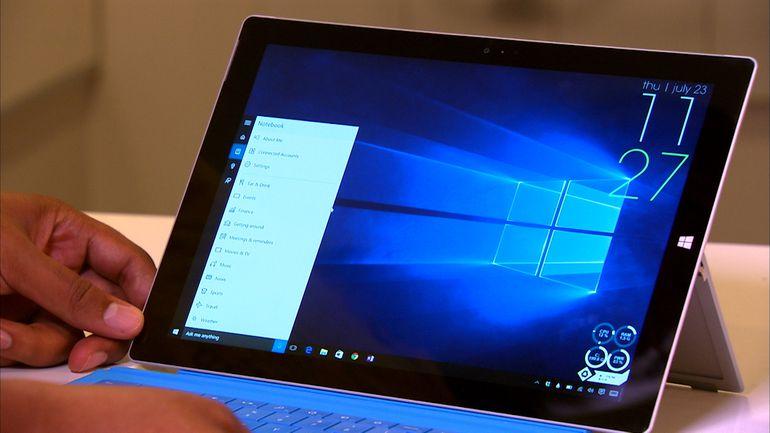

Windows is still the most popular end-user operating system, but it’s now used by less than half of the visitors to the federal government’s websites.

The Federal Digital Analytics Program (DAP) reports that while Windows is the most popular end-user operating system, it’s dropped below 50 percent to 49.2 percent. This is based on 2.17 billion visits over the past 90 days to more than 400 executive branch government domains across about 5,000 total websites, including every cabinet department.
That’s quite a drop. According to DAP, Windows accounted for 58.4 percent of all government website visitors in March 2015.
Looking closer, you can see Windows’ loss didn’t come because users are switching to other desktop operating systems. MacOS still comes in at No. 2, with 9.2 percent. All other operating systems, with Chrome OS leading the way at 1.1 percent, amount to only 2 percent.
True, other sites show desktop Linux gaining serious market share. NetMarketShare reports Linux has held more than two percent of the market since June 2016, while W3counter reports that Linux accounted for 3.80 percent of desktops in December 2016. However, since neither site broke out Chrome OS, I suspect that vast majority of these gains go to Chrome OS’ credit rather than traditional Linux desktops.
The real reason Windows has sunk below the 50-percent mark is that smartphones and tablets are continuing to grow while the desktop keeps shrinking. The PC still accounts for 59 percent of the total government website visitors, but smartphones — at 35.1 percent — keep growing.
As Ranjit Atwal, a Gartner research director, recently said: “The PC market has been on a downward trend for five years and we’ve lost around 25 percent of the market over that time. It’s starting to hit bottom and we expect that to steady moving forward as businesses, rather than consumers start to refresh their PCs.”
So, it shouldn’t come as too much of a shock that the No. 2 end-user operating system is Apple iOS, with 22.9 percent. Hefty price-tag and all, we love our now decade-old iPhones.
No. 3 is Android, with 16.8 percent. The other mobile operating systems? What other mobile operating systems? Windows Phone and Blackberry are well on their way to extinction.
Breaking Windows down, you’ll find that Windows 7 is still on top. StatCounter may claim that Windows 10 surpassed Windows 7 in December 2016, but neither NetMarketShare nor DAP agree.
NetMarketShare and StatCounter are both popular for their operating system and web browser measurements, but their numbers are massaged. Both companies use different methodologies. Their results often vary for reasons that don’t appear to have any rhyme or reasons. The DAP numbers, while US-centric, are vendor-neutral and are based purely on user data.
By DAP’s count, Windows 7 still has a serious lead — 26.2 percent to 17.2 percent — over Windows 10. The never-popular Windows 8 family’s Windows 8.1 is a distant third, with 3.5 percent. XP, with a mere 0.9 percent, is finally out its way out the door. Vista (0.7 percent) and Windows 8 (0.6 percent) are barely hanging on.
What it all means is that while Windows is still the top desktop operating system dog, the desktop has clearly fallen to second place for end-users. We have become, like it or not, mobile users first and desktop users second.
[Source:-Zdnet]
